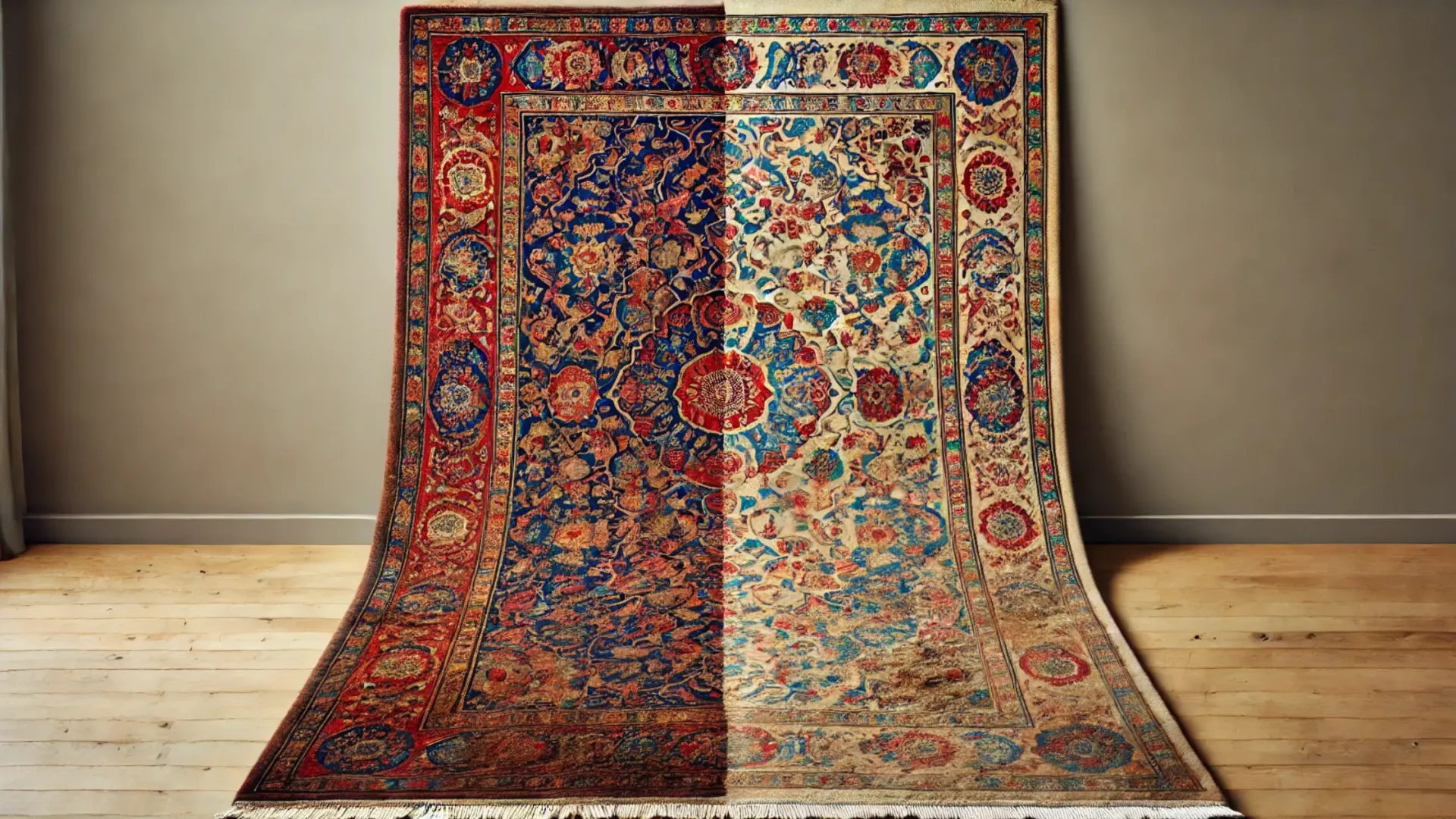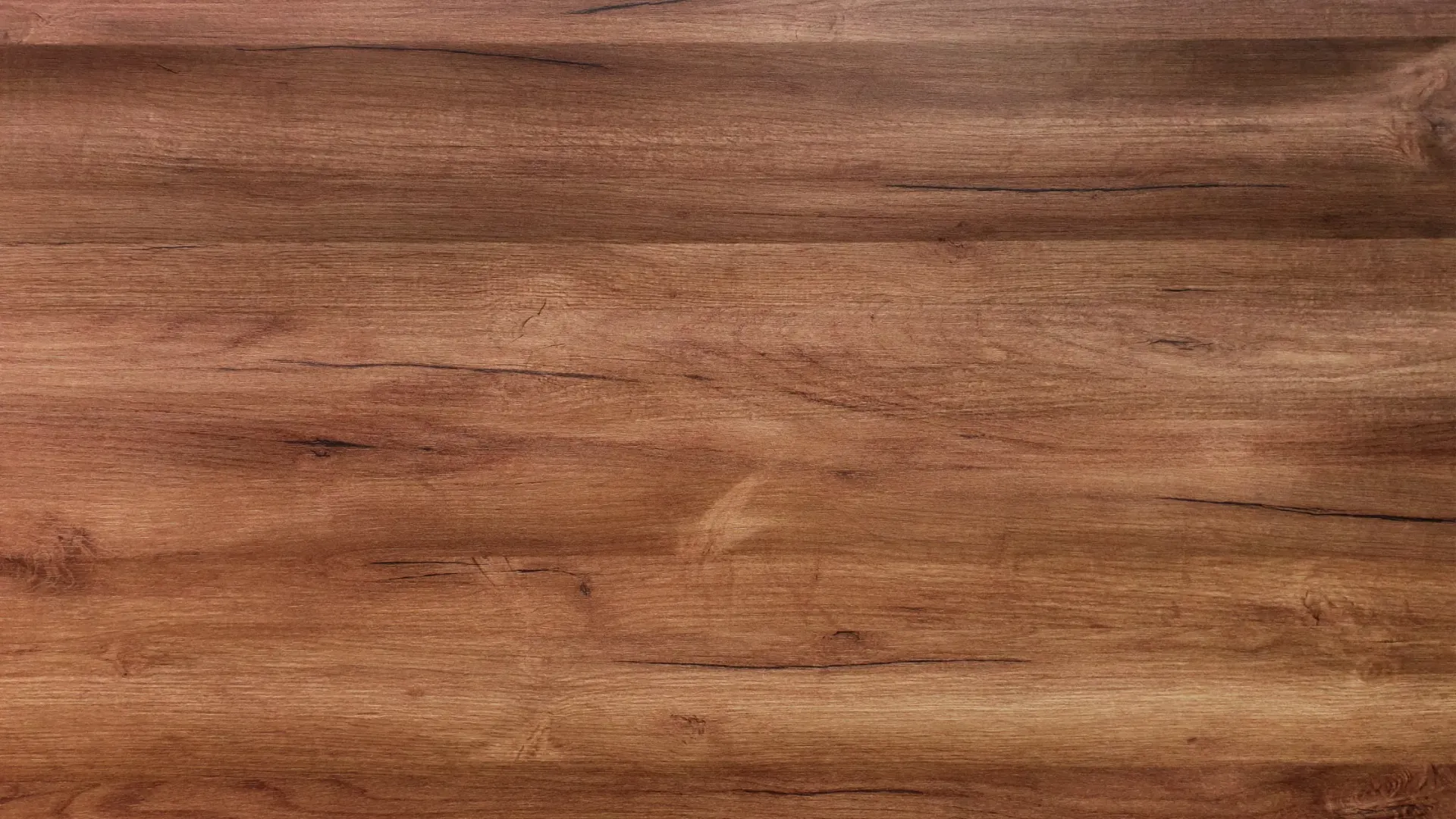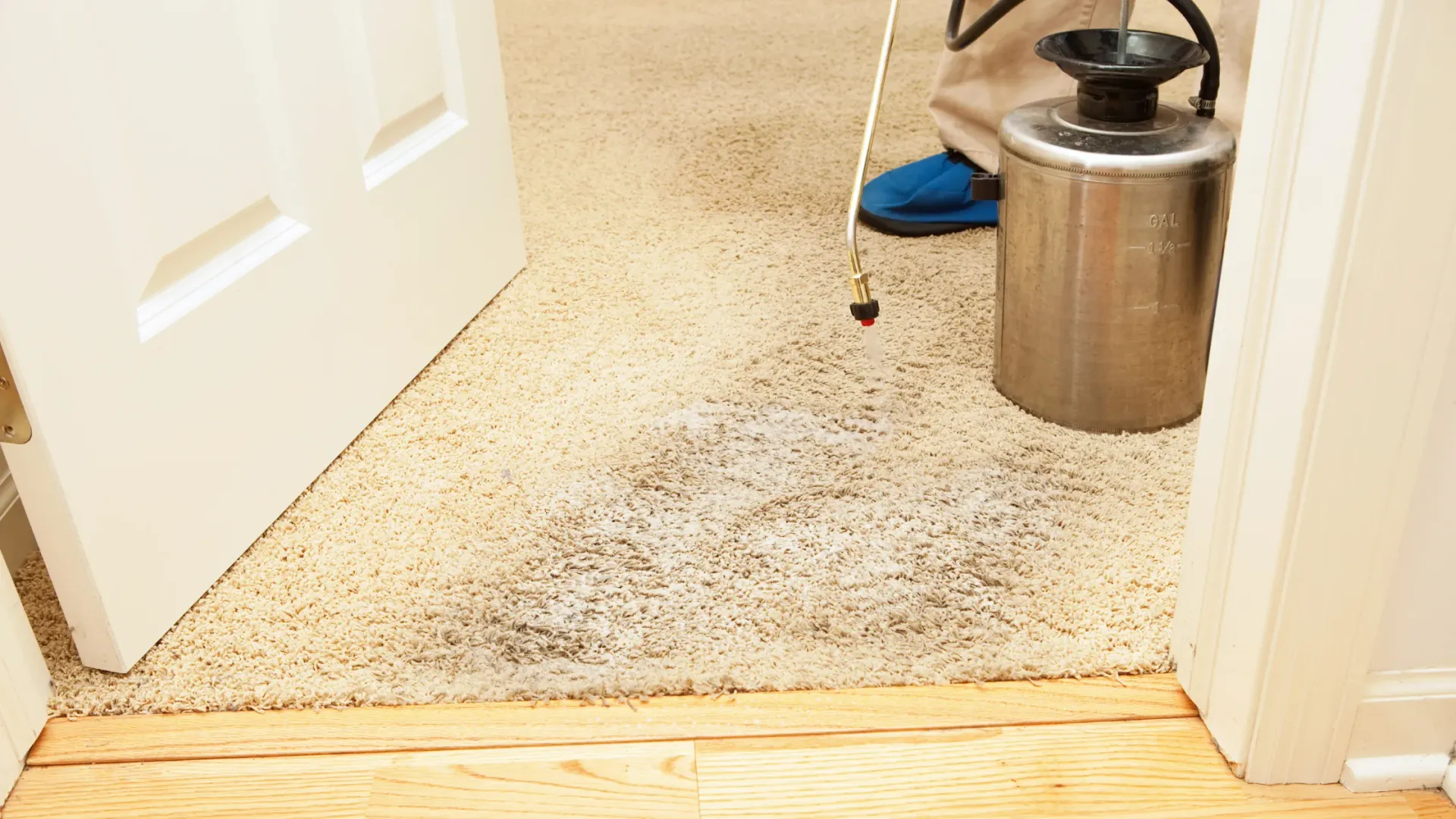How Long Does Carpet Cleaning Take To Dry?
How Long Does It Take the Carpet to Dry?
How Soon Can I Walk on My Carpet
Walking on a wet carpet can easily transfer dirt and oils from your feet onto the fibers, which not only affects the cleanliness of the carpet but also prolongs the drying process significantly.
To ensure that your carpet dries properly and maintains its fresh, clean appearance, it’s generally recommended to wait at least 6 hours before walking on a freshly cleaned carpet. This waiting period allows the cleaning solution to work effectively and helps prevent any potential stains from forming.
However, if you find yourself in a situation where you must walk on it sooner, wearing clean, white socks or shoe covers can be a helpful alternative. Clean socks will minimize the risk of dirt transfer, while white shoe covers not only protect the carpet but also ensure that any potential marks are less visible. Taking these precautions will help keep your carpet looking its best for longer.
How Soon Can I Move My Furniture Back onto My Carpet?
Moving furniture back onto a damp carpet can lead to unsightly indentations and may further delay the drying process. This is because the weight of the furniture can compress the wet fibers, making it harder for the carpet to regain its original shape.
It’s advisable to wait at least 24 hours, or until the carpet feels completely dry to the touch, before placing furniture back on it. If you absolutely need to move the furniture back sooner than that, consider using protective pads under the legs of the furniture.
These pads can help distribute the weight more evenly and prevent damage to the carpet fibers, allowing for a smoother drying process and protecting your investment in your flooring. Additionally, be mindful of the type of furniture being moved, as heavier pieces may require more care to avoid causing permanent depressions.
Why Did Brown Spots Appear After My Carpet Cleaning?
Brown spots appearing after a carpet cleaning can be alarming for many homeowners. This phenomenon often occurs due to a process called wicking, where moisture and dirt trapped deep within the carpet fibers rise to the surface as the carpet dries.
Wicking can happen when the cleaning solution pulls out stains that were previously embedded in the fibers, resulting in brown or discolored spots that may seem to come out of nowhere. Understanding this process can help alleviate concerns, as these spots often fade with time and proper care.
Wicking vs. Browning on Carpet
Wicking happens when a stain that was embedded deep within the carpet fibers is drawn up to the surface during the drying process. This is more common in high-traffic areas where stains have penetrated deeply.
Browning usually occurs when the carpet is over-wetted and the backing material seeps through to the fibers, causing a brown discoloration.
Both issues can often be resolved with additional cleaning and proper drying techniques.
Why Did a Bleach Spot Appear After My Carpet Cleaning?
Bleach spots on carpets are generally not a direct result of the cleaning process itself, but rather pre-existing damage that becomes more apparent once the cleaning is completed.
These spots typically occur when the carpet fibers have been bleached by a cleaning agent, such as a strong detergent, or by exposure to another harmful substance, like a spill containing bleach. Unfortunately, these spots are permanent, as the chemical reaction has altered the color of the fibers.
It's important to be cautious when using cleaning products and to test them in a small, inconspicuous area first to avoid creating unsightly bleach spots. Regular maintenance and proper cleaning methods can help prevent such damage and keep your carpets looking their best.
5 Steps to Ensure Your Carpet Dries Quickly After Cleaning
Ask for a 'Blow-Dry': Request your professional cleaner to use a blower or van to help dry your carpet in areas they've finished cleaning.
Open Windows: Get air flowing through your home by opening two windows at the opposite ends of the house.
Turn on Ceiling Fans: Keep air circulating over your carpet to speed up the drying process.
Use Air-Conditioning: This is particularly effective on hot days when opening windows isn't an option.
Reasons Your Carpet May Take Longer to Dry
Several factors can delay carpet drying:
- High Soil Load: The dirtier the carpet, the more water and effort are required for effective cleaning. This increased level of dirt and grime not only complicates the cleaning process but also leads to longer drying times afterward. When carpets accumulate significant dirt, it often necessitates multiple cleaning passes, increased use of cleaning solutions, and greater water saturation. As a result, the drying process can be prolonged, potentially leading to issues such as mold growth or lingering odors if not properly managed.
- Thick Carpet Padding: Carpets with thicker padding will naturally take longer to dry due to the increased amount of material that retains moisture. This extra padding absorbs water, creating a more humid environment and prolonging the drying process. As a result, it’s important to allow sufficient time for these carpets to dry completely to prevent issues such as mold or mildew.
- Weather Conditions: Humid or rainy weather can significantly extend drying times, as the increased moisture in the air slows down the evaporation process. This means that whether you're drying clothes outside or waiting for paint to dry, you might find that it takes much longer than usual for things to fully dry.
Carpet Cleaning Methods
Different carpet cleaning methods have unique advantages and drying times.
- Steam Cleaning: The method employs hot water extraction to effectively remove dirt and stains from surfaces. This technique works by spraying hot water mixed with a cleaning solution onto the fabric or surface, loosening the grime and debris. While it is highly effective in achieving a deep clean, one downside is that it typically takes longer to dry compared to other cleaning methods, necessitating adequate time for air drying to prevent mold or mildew growth.
- Dry Cleaning: This process involves minimal water usage, which not only conserves resources but also results in significantly quicker drying times. By reducing the amount of water needed, the overall efficiency of the operation is enhanced, allowing for faster turnaround and improved productivity.
- Bonnet Cleaning: It utilizes a rotating pad that is immersed in a specialized cleaning solution. This method is quick and efficient, making it ideal for regular maintenance, but it may not reach the deeper layers of dirt and grime that require more intensive cleaning techniques.
5 Steps You Can Take to Quick Drying Carpet
Schedule Cleaning on Dry, Sunny Days: Weather forecasts can be your best friend. Plan your carpet cleaning on days with low humidity.
Regular Vacuuming: Vacuuming before a professional clean can reduce soil load, making the process more effective and quicker.
Frequent Cleaning for High-Traffic Areas: Areas like hallways and living rooms may require more frequent professional cleaning.
Use Professional, Reputable Cleaners: Ensure your cleaners are experienced and use the right techniques to avoid damage and ensure effective cleaning.
Conclusion
Understanding the intricacies of carpet cleaning, from drying times to how humidity affects the process, can help you make informed decisions for your home. Always consider professional advice and don't hesitate to ask your carpet cleaning technician any questions you may have.
Ready to schedule your next carpet cleaning? Contact our team of experts today and experience the difference professional care can make.
Feel free to book a consultation or a service through our website. Your clean and fresh carpets are just a click away!
---
This guide should provide a comprehensive overview of carpet cleaning, covering essential aspects that homeowners, parents, and pet owners may be concerned about. By following the outlined steps and tips, you can ensure a smooth carpet cleaning experience with optimal results.
Below are our carpet cleaning service pages for each location we operate in. Visit the right one based on the state you live in.
- Visit the Atlanta, GA Carpet Cleaning Service Page To Learn More:
- Visit the Columbus, OH Carpet Cleaning Service Page To Learn More:
- Visit the Denver, CO Carpet Cleaning Service Page To Learn More:
Share this with someone in need:
You might also like



